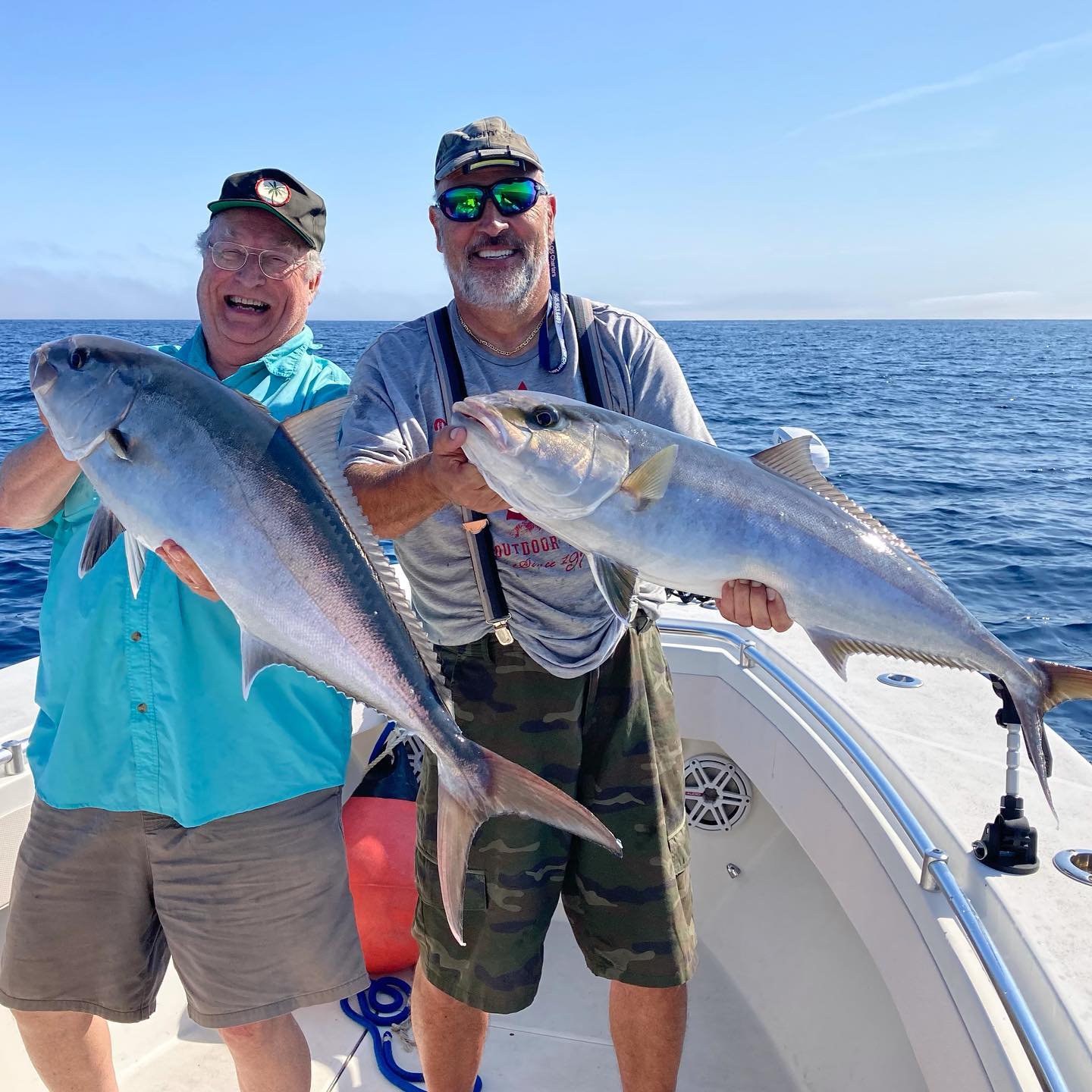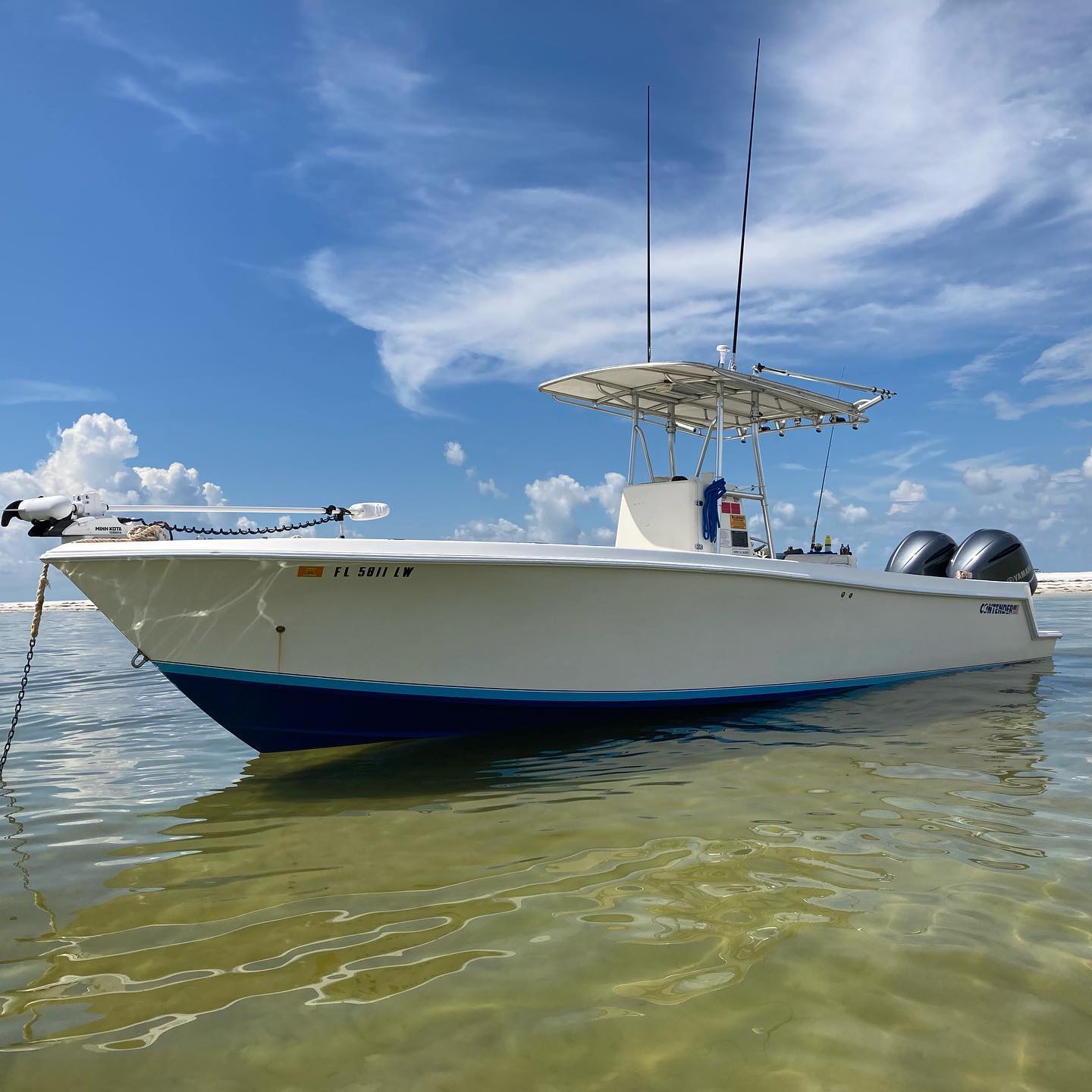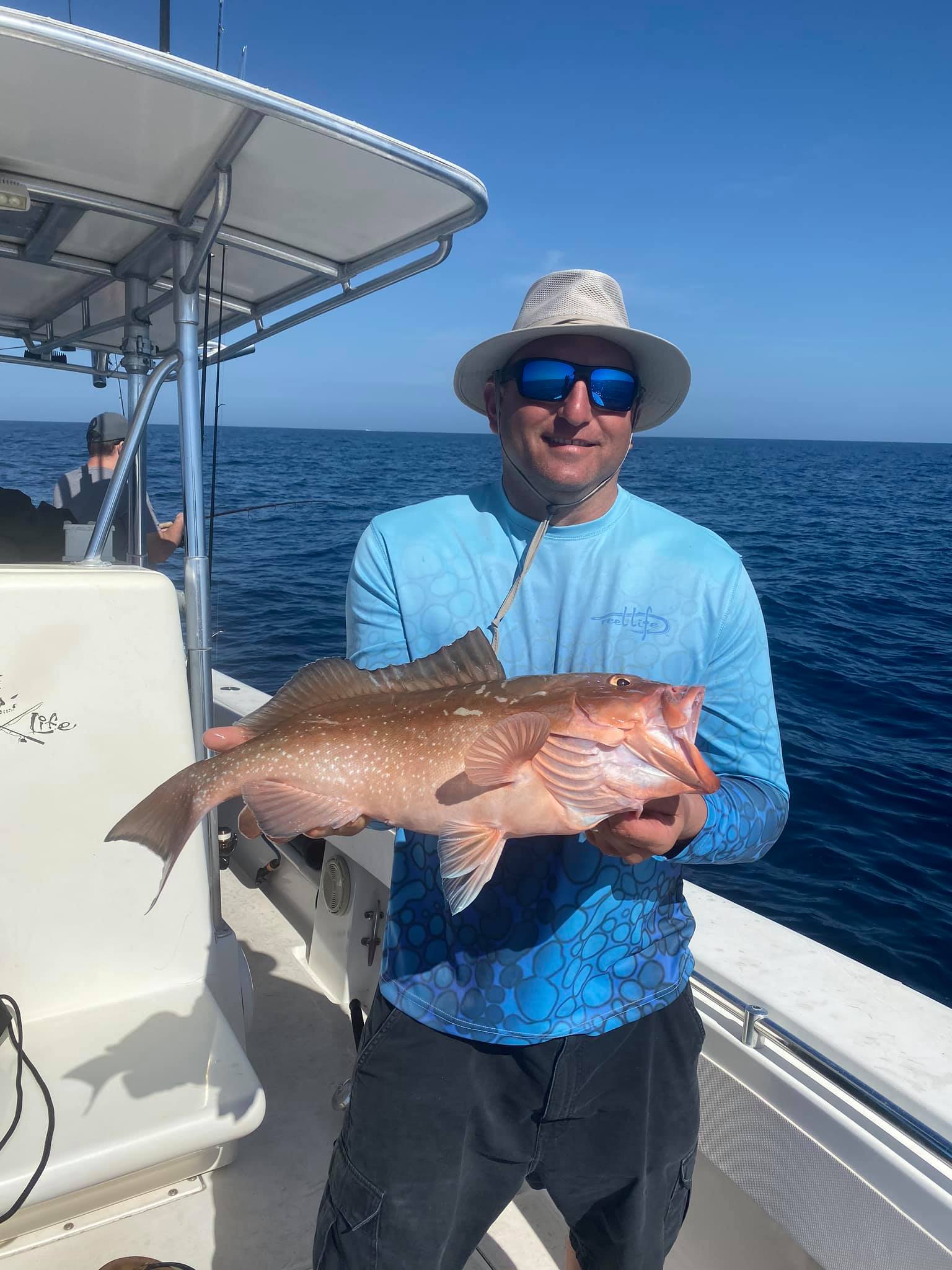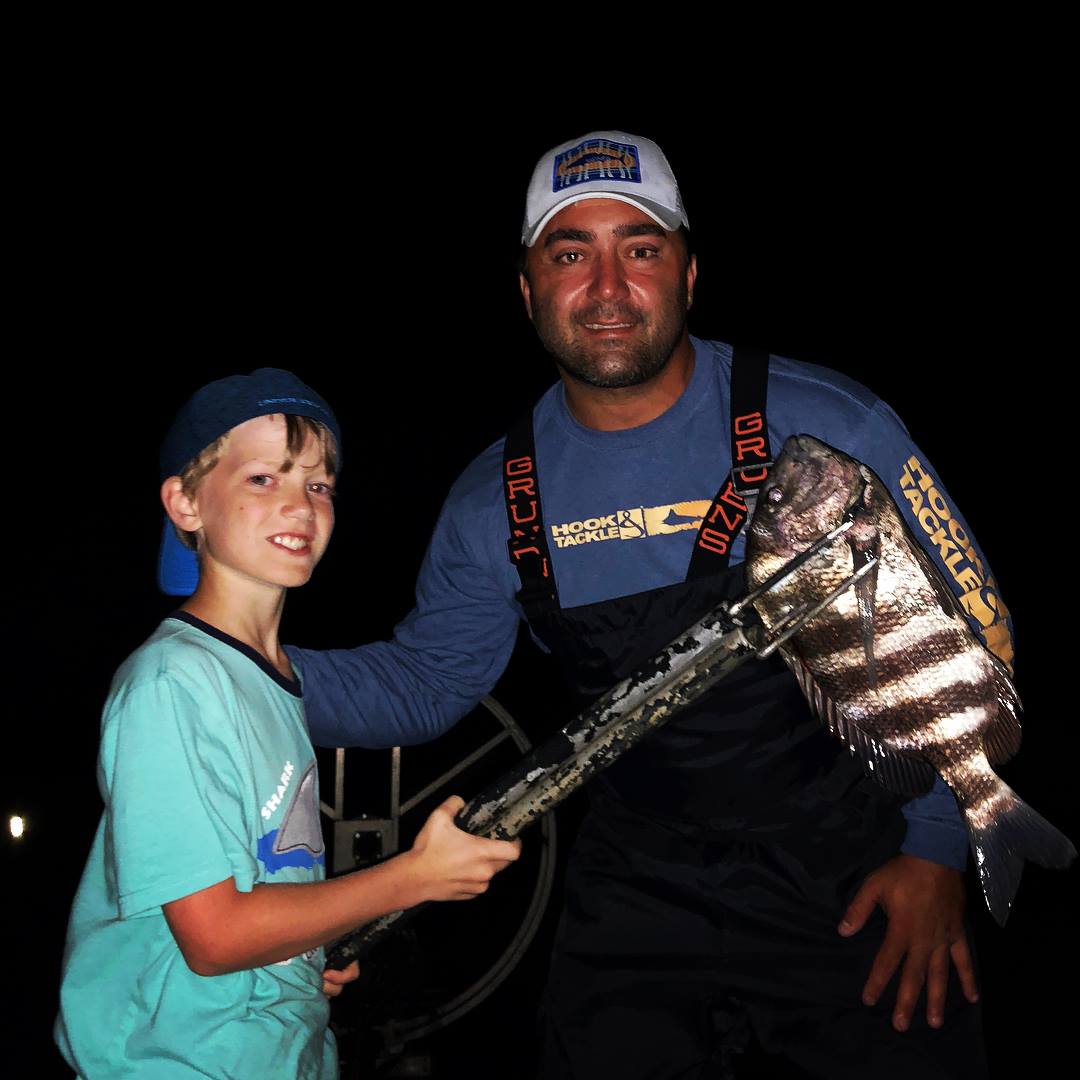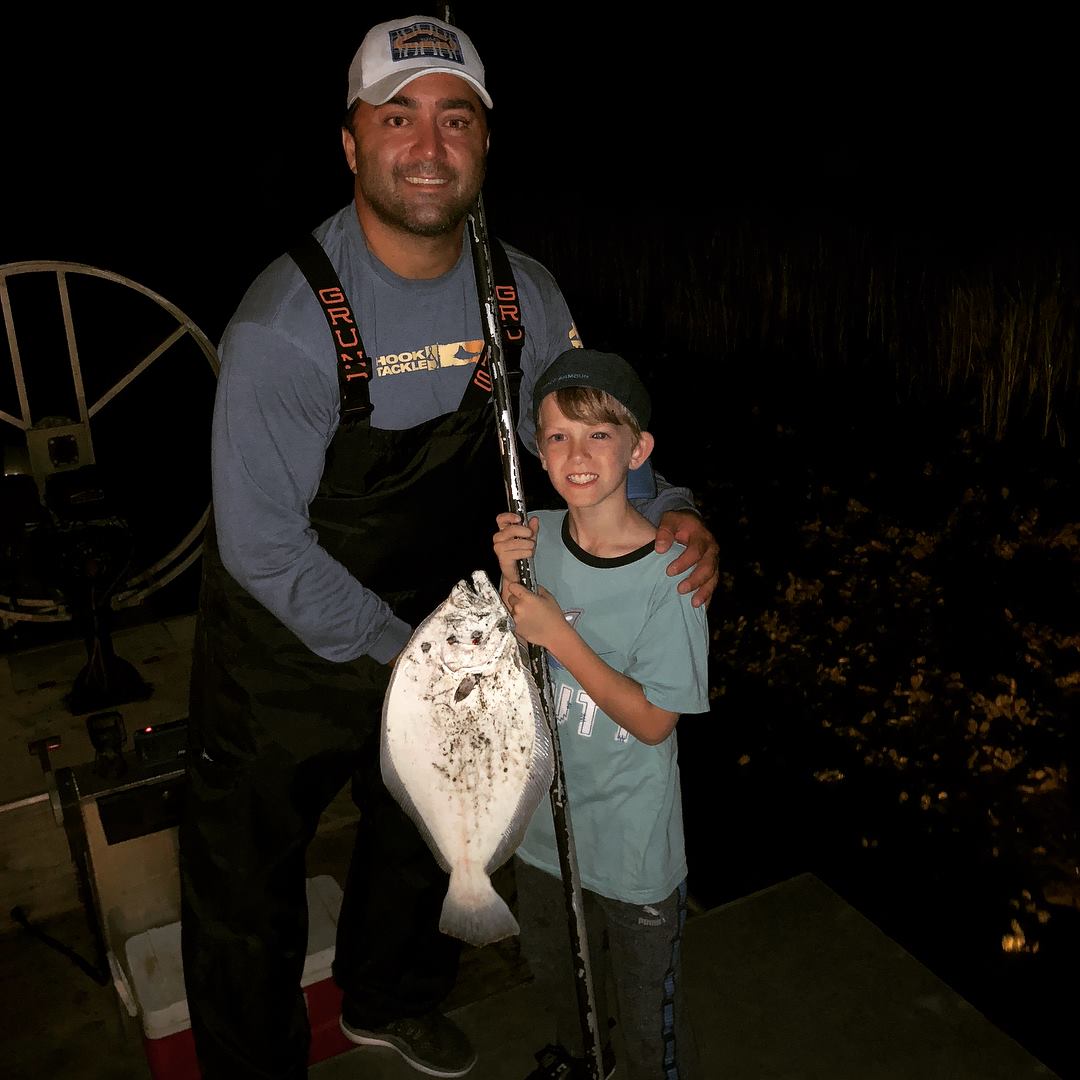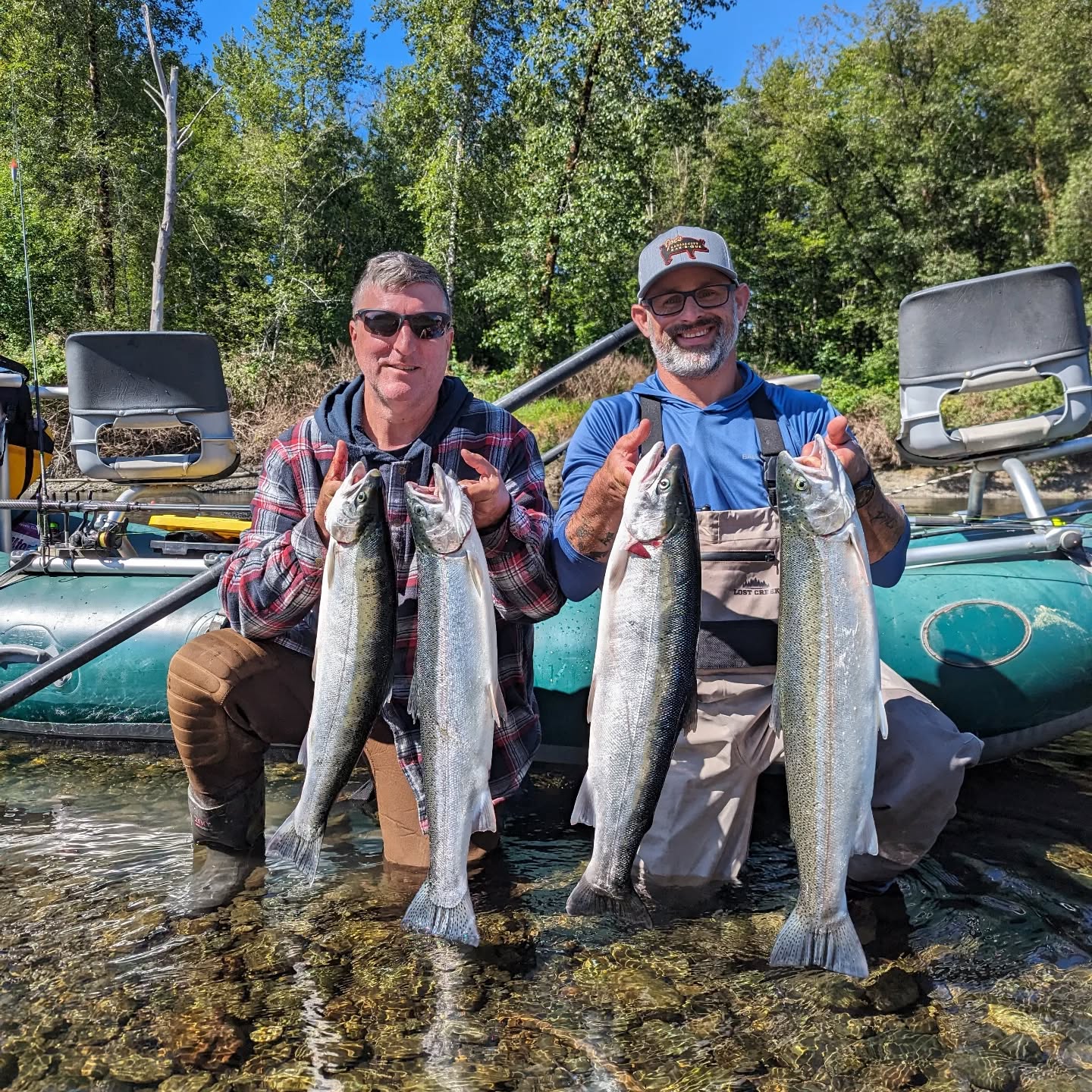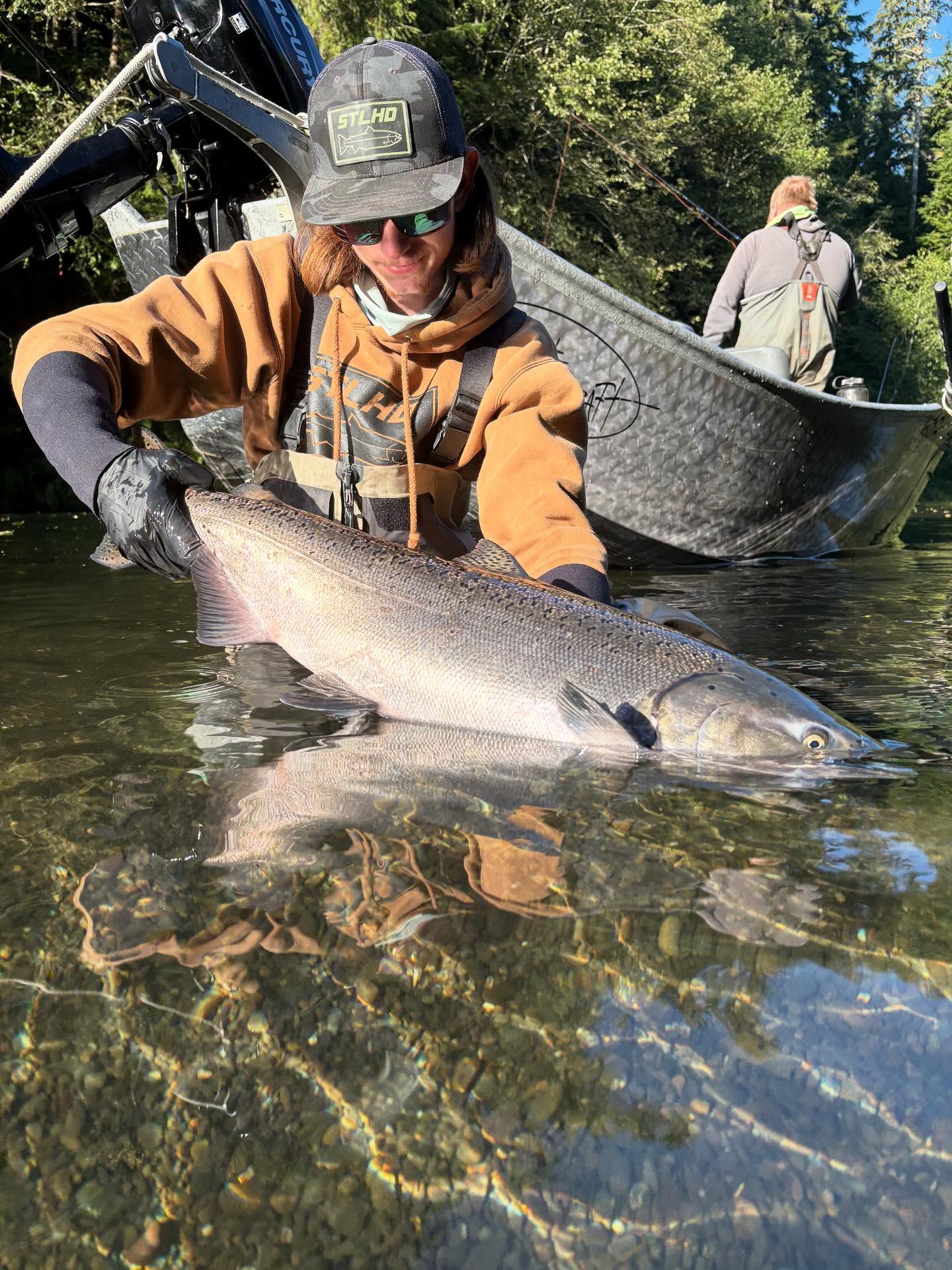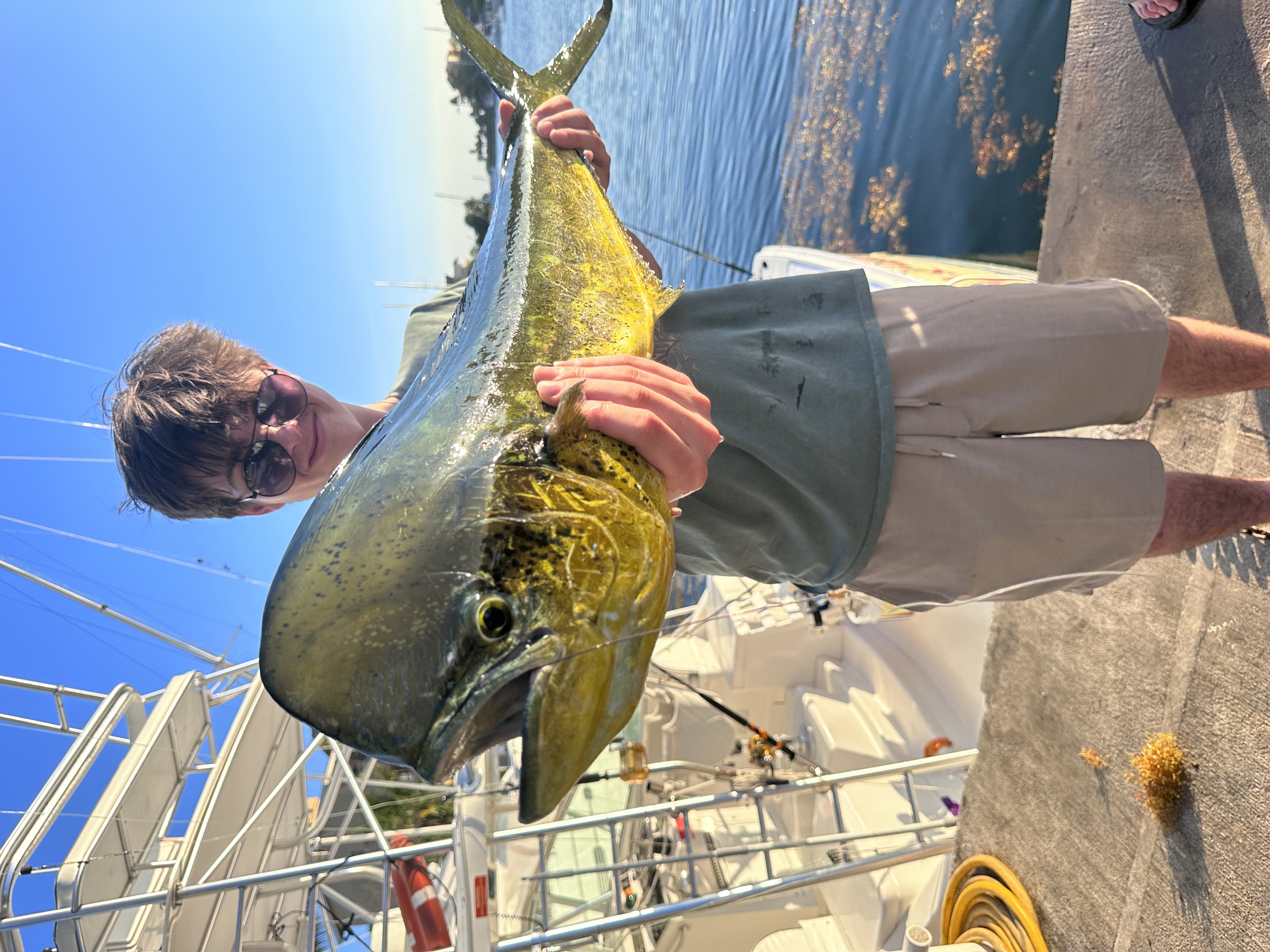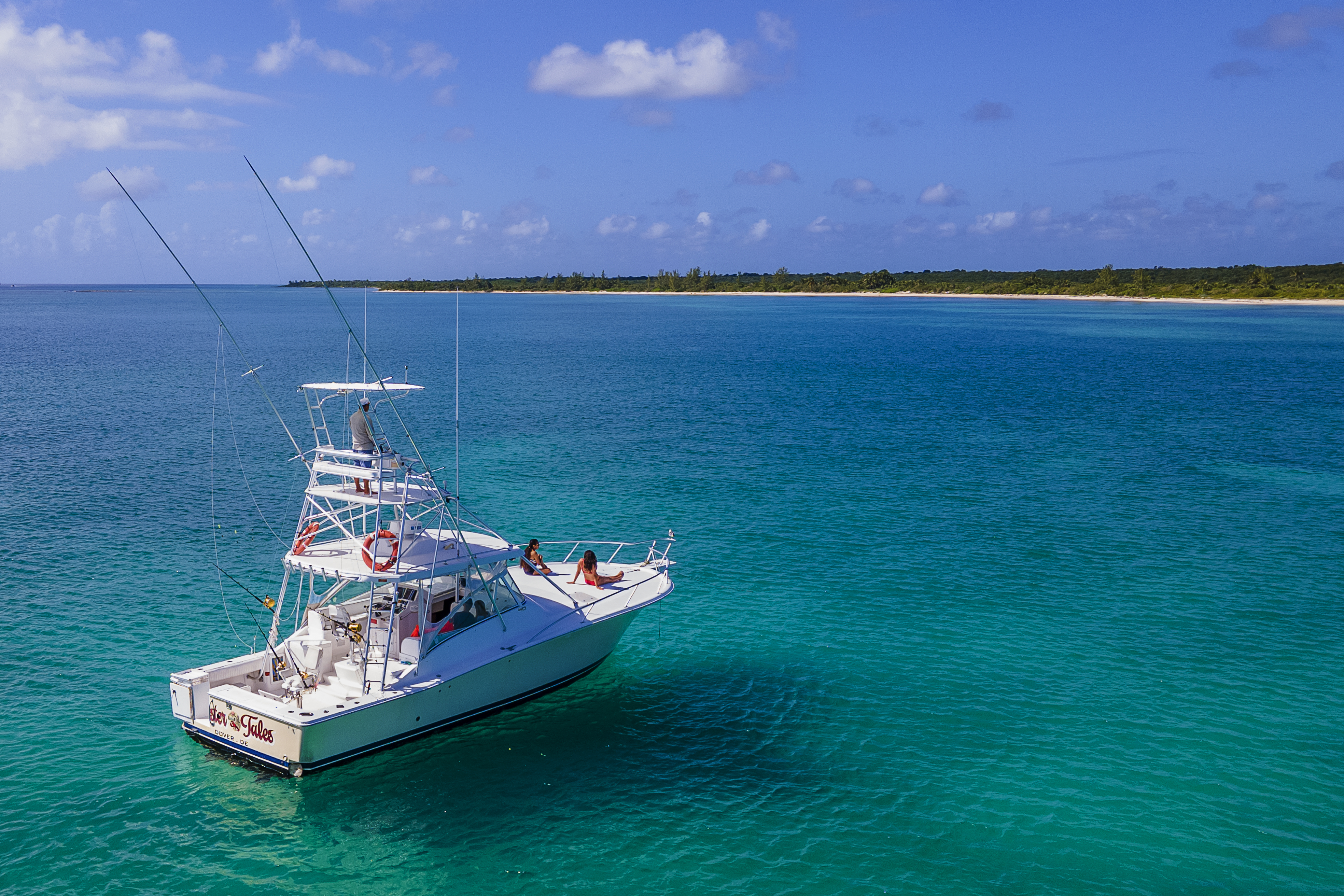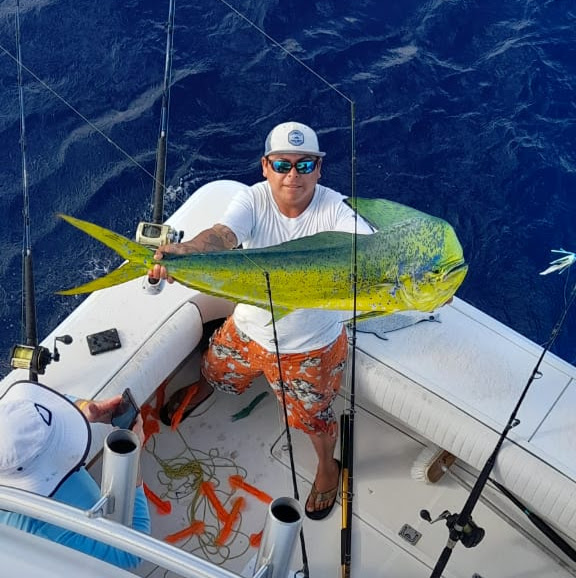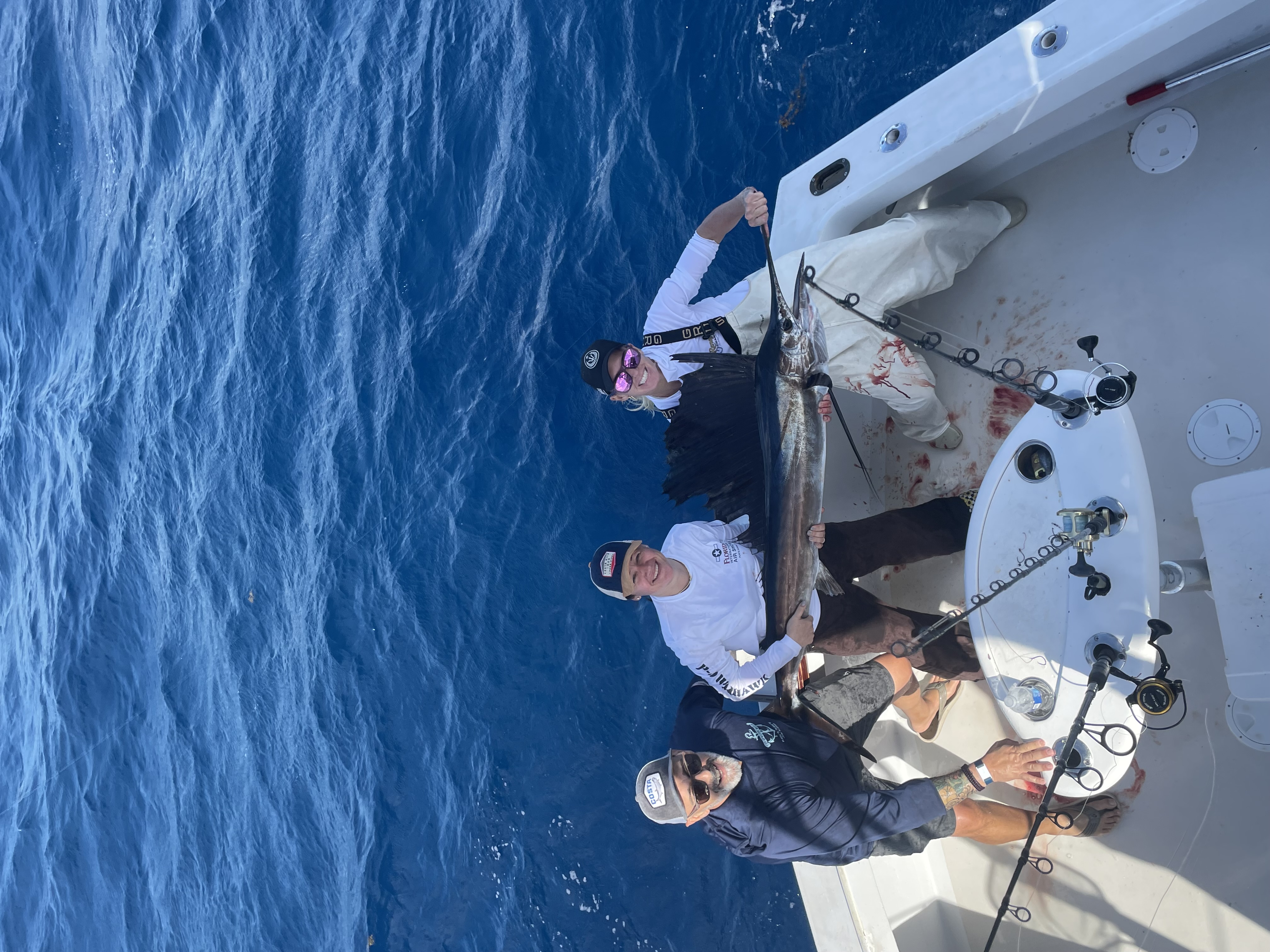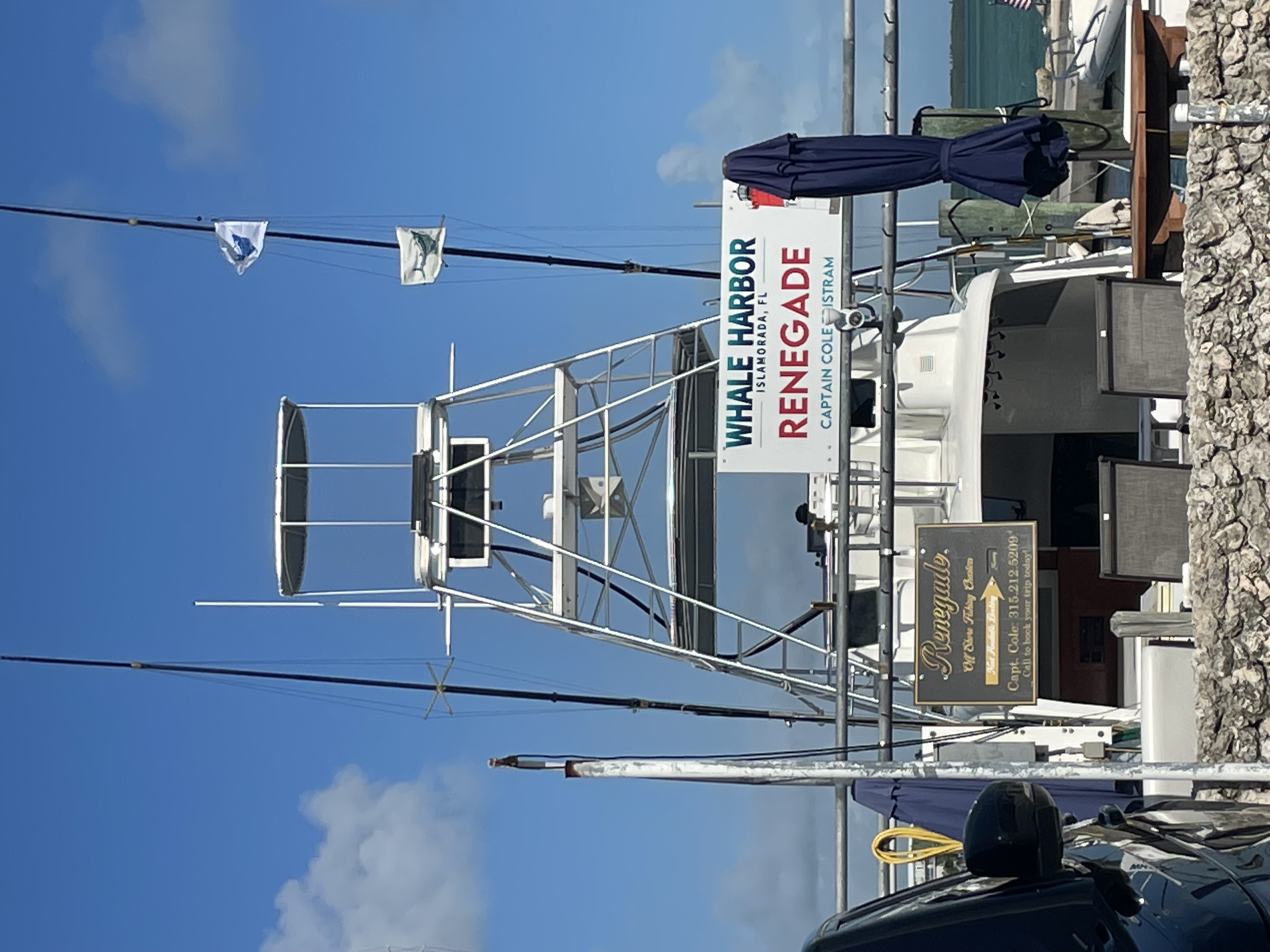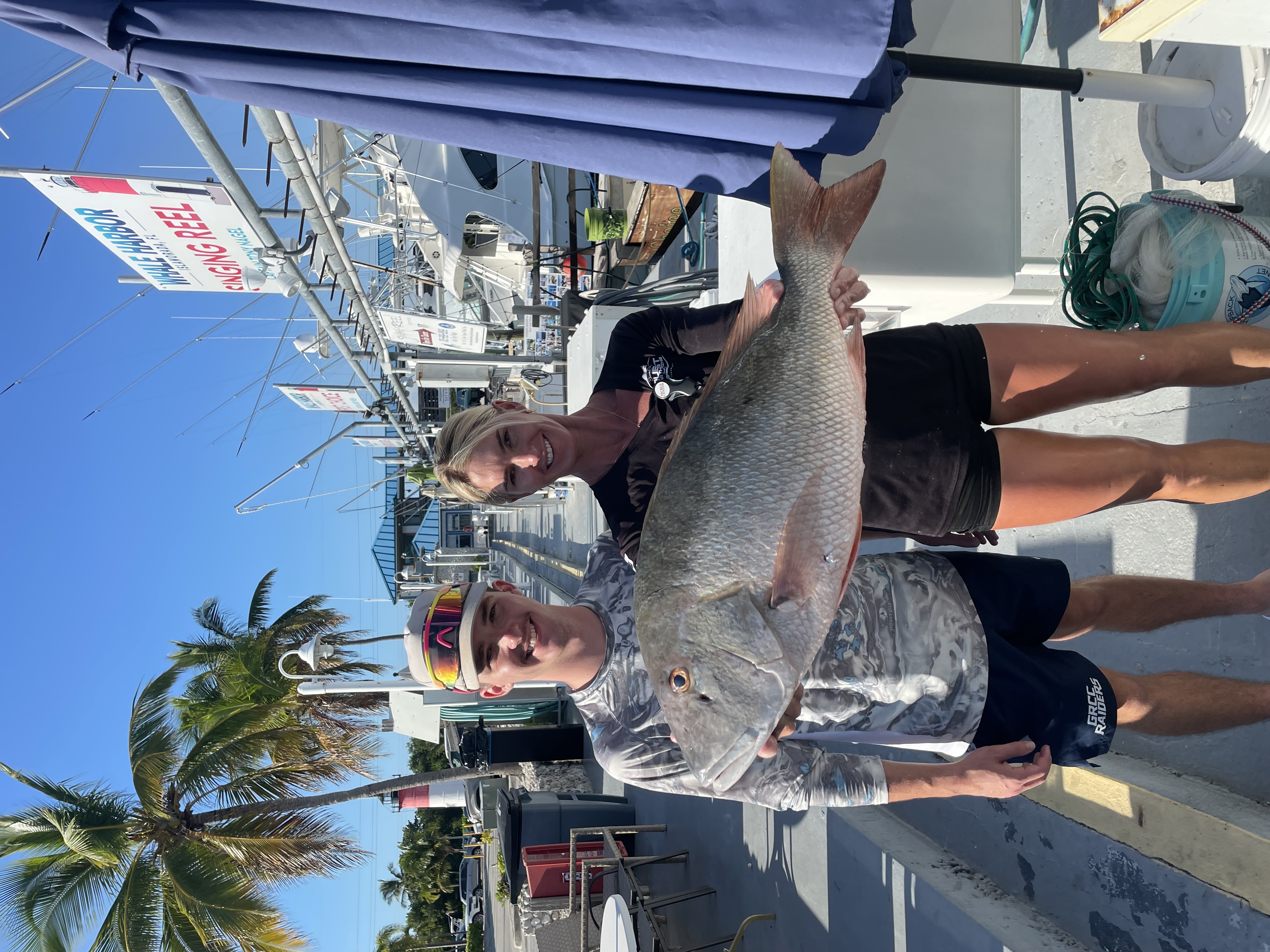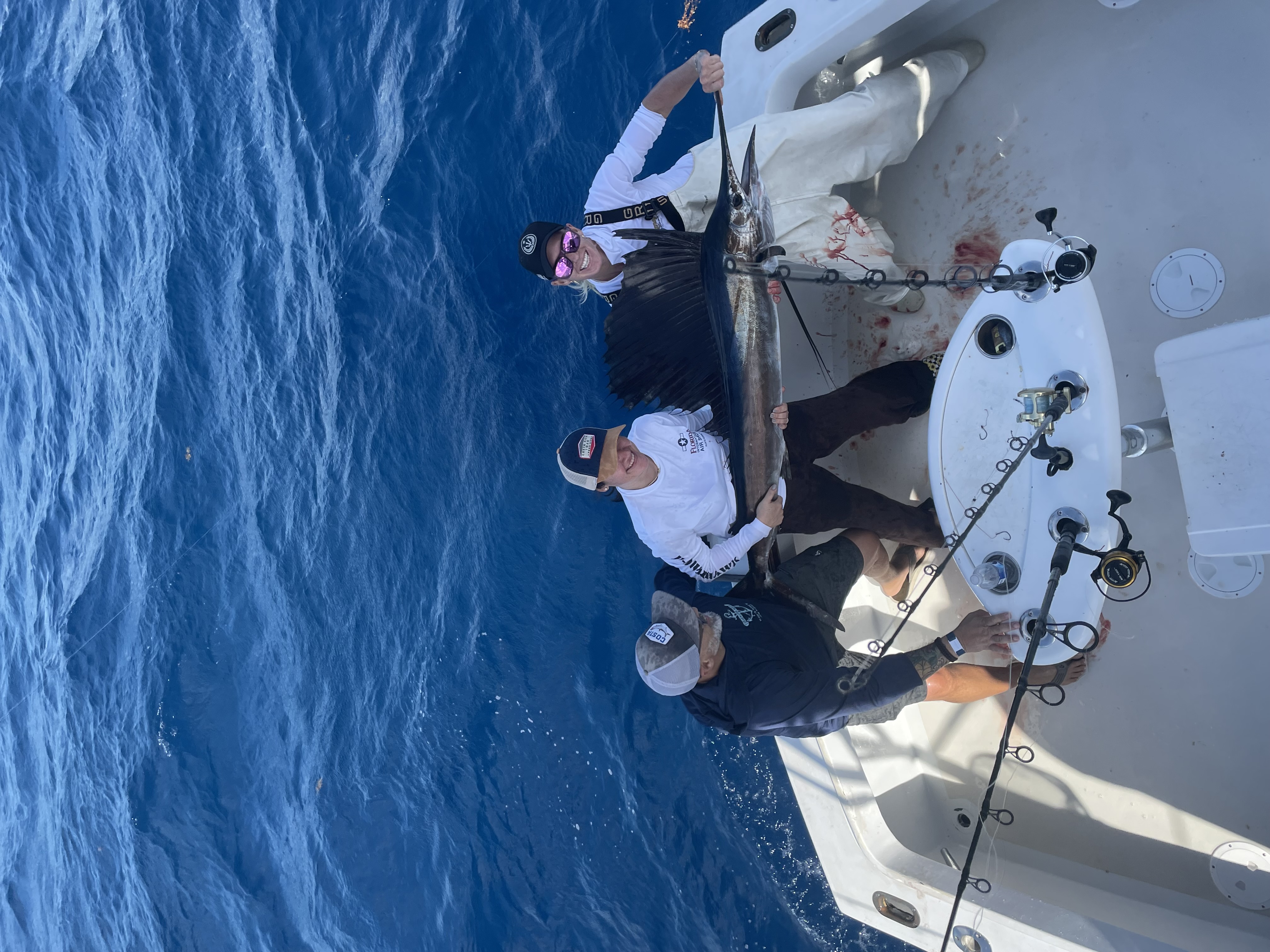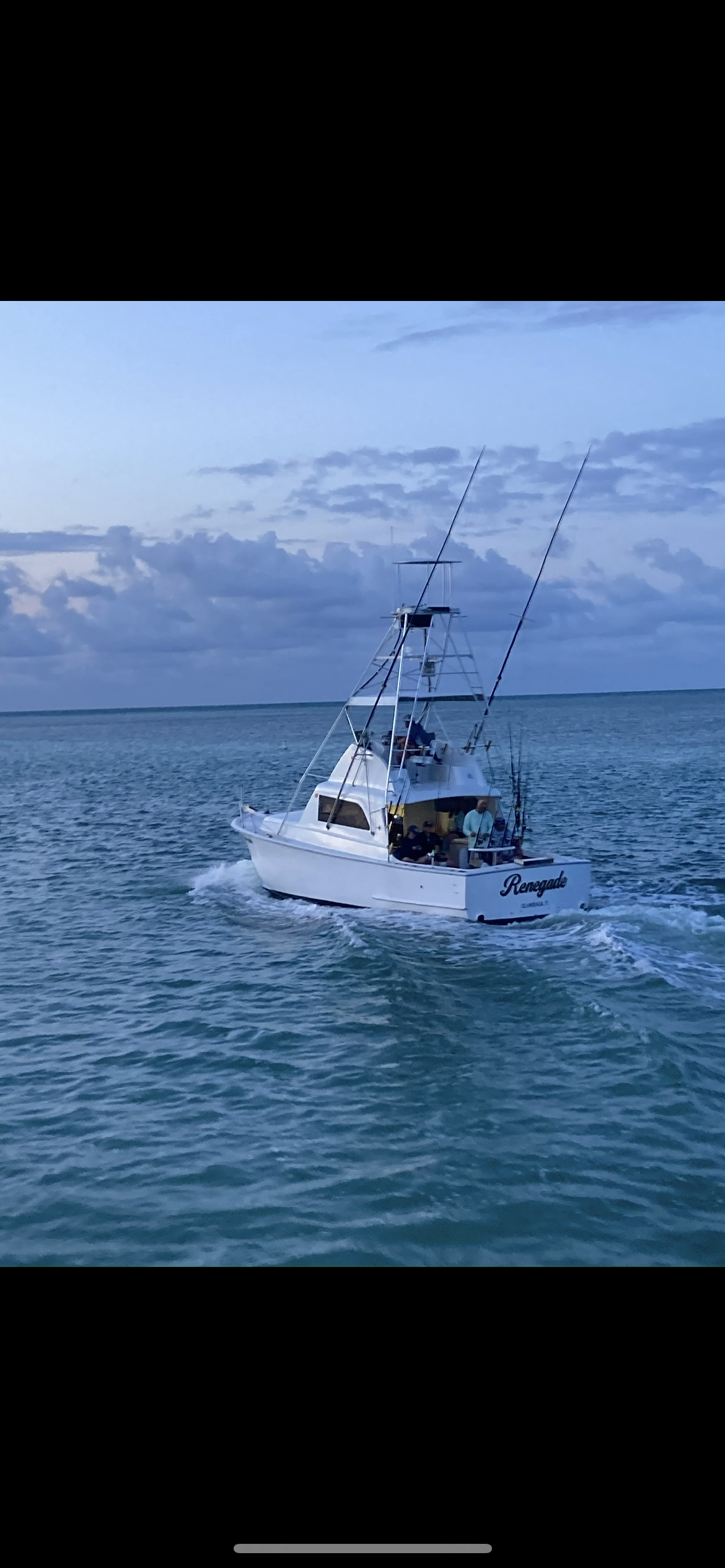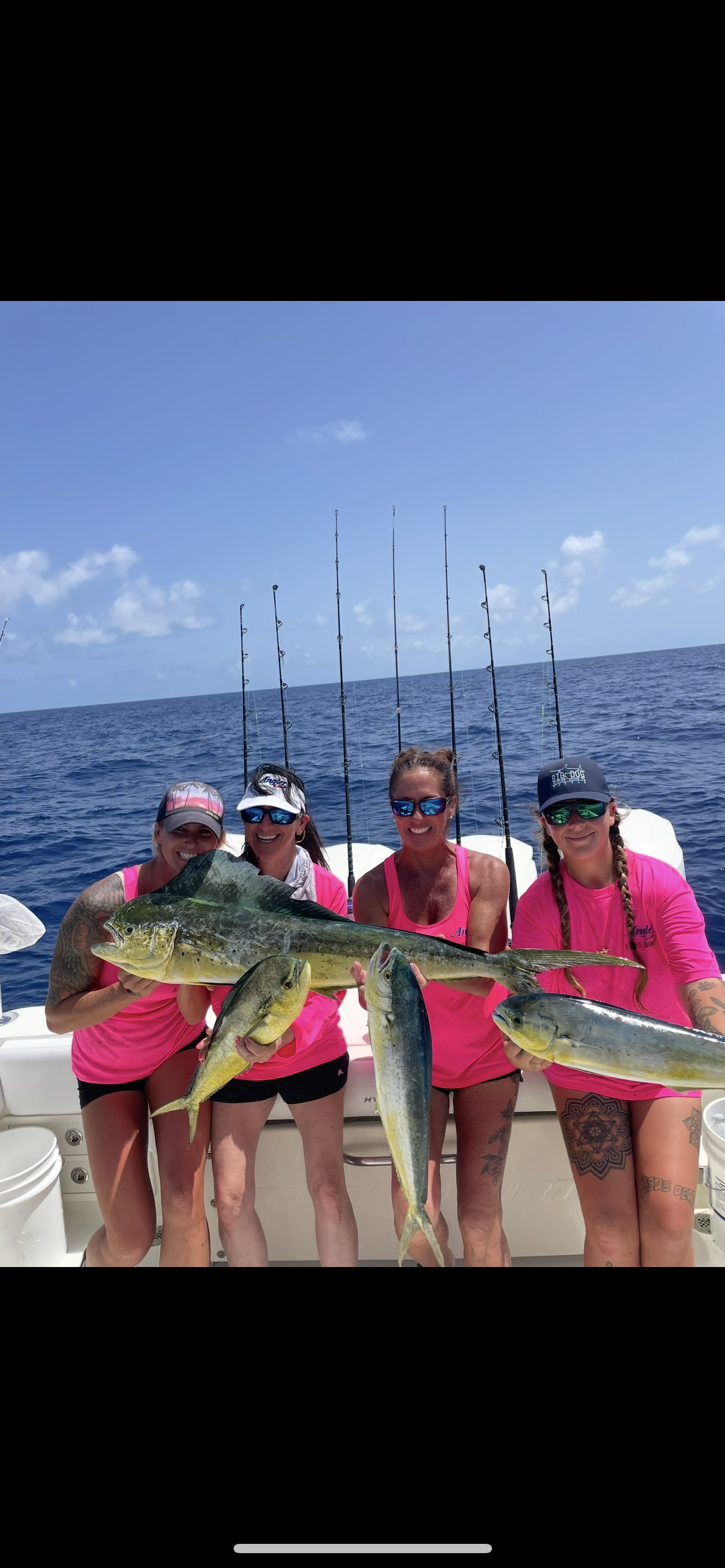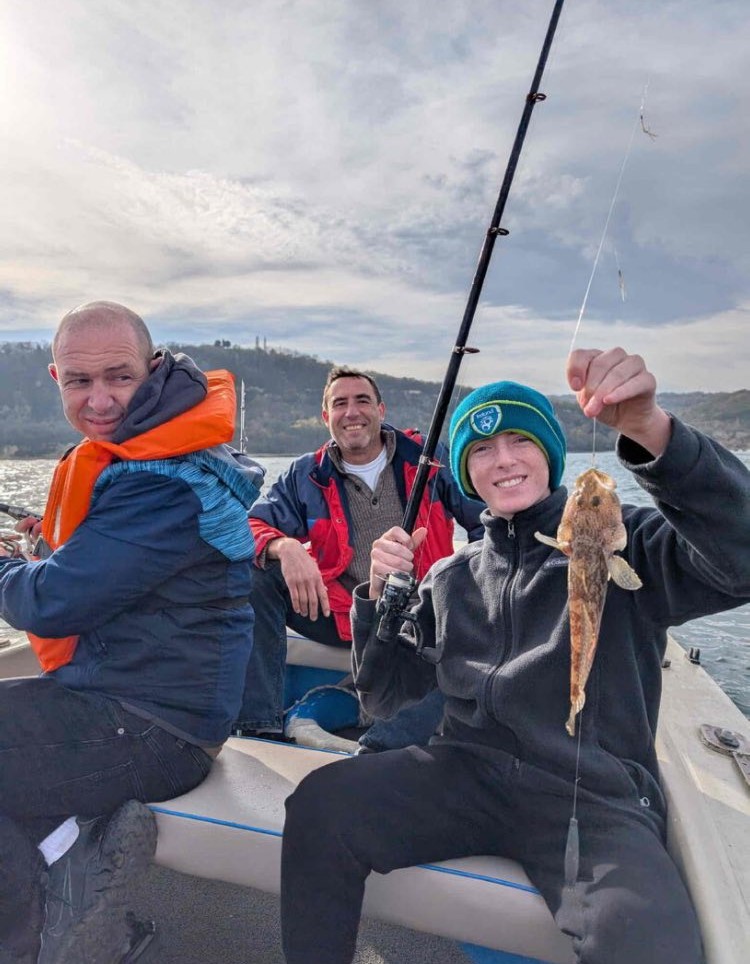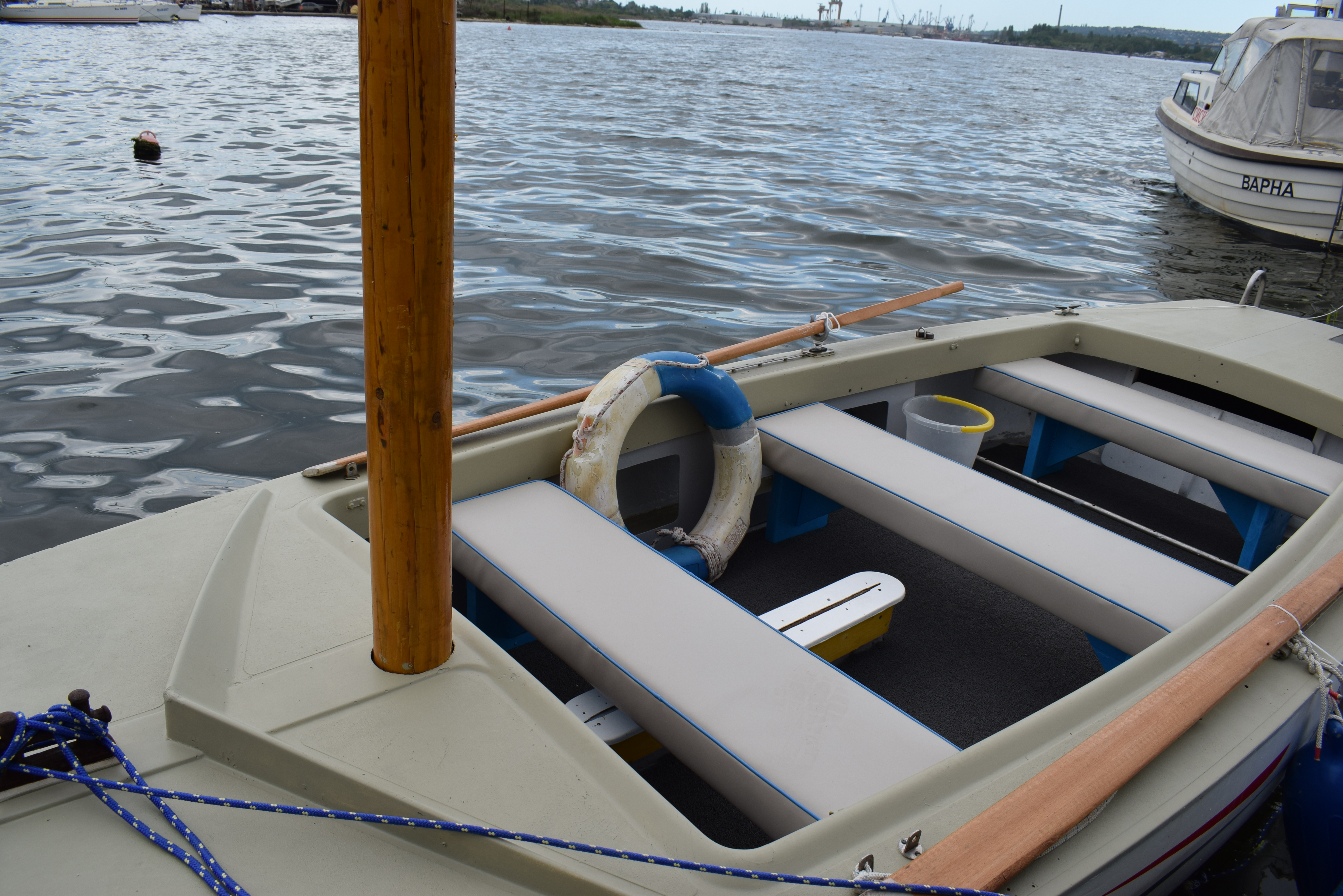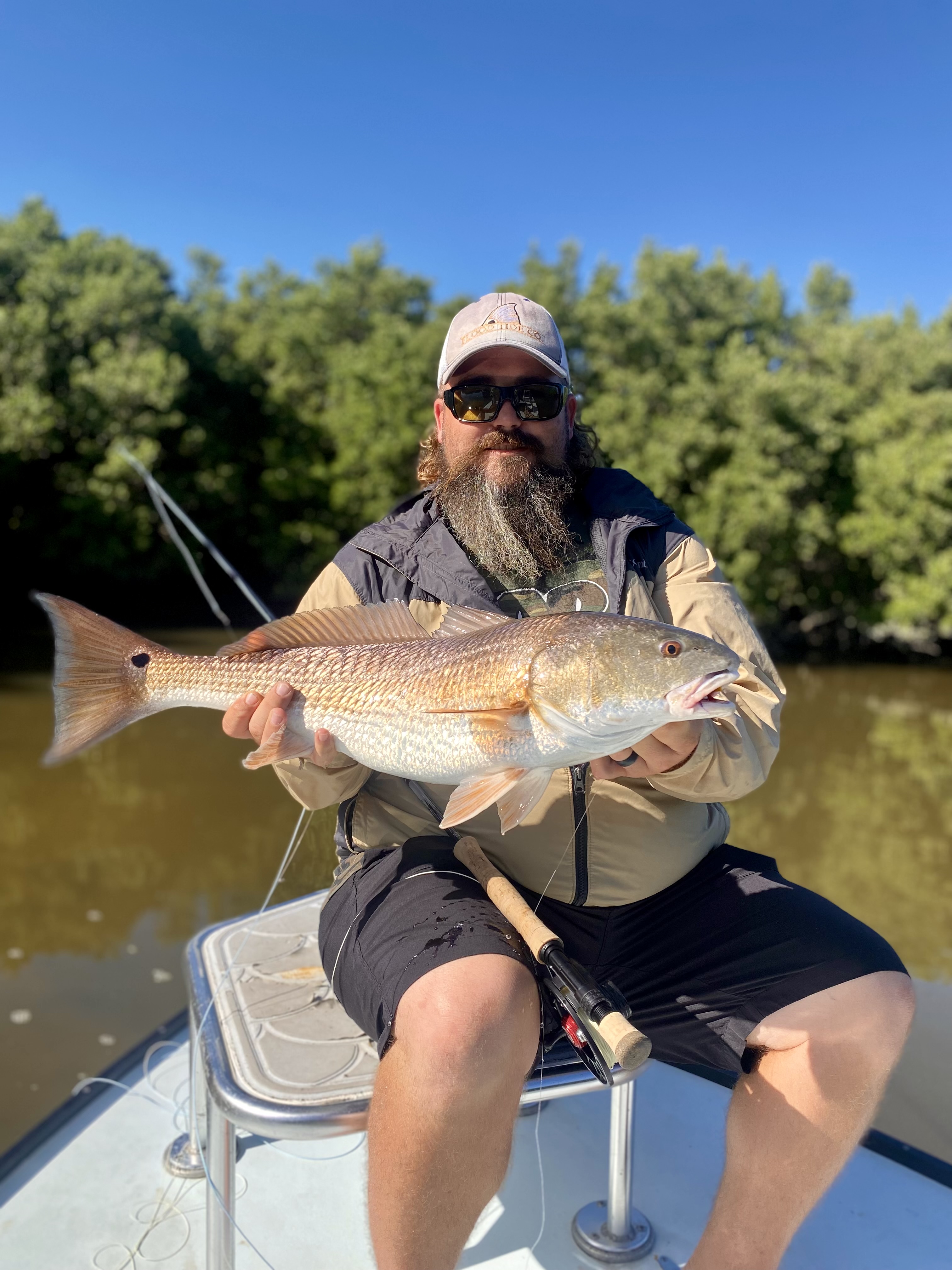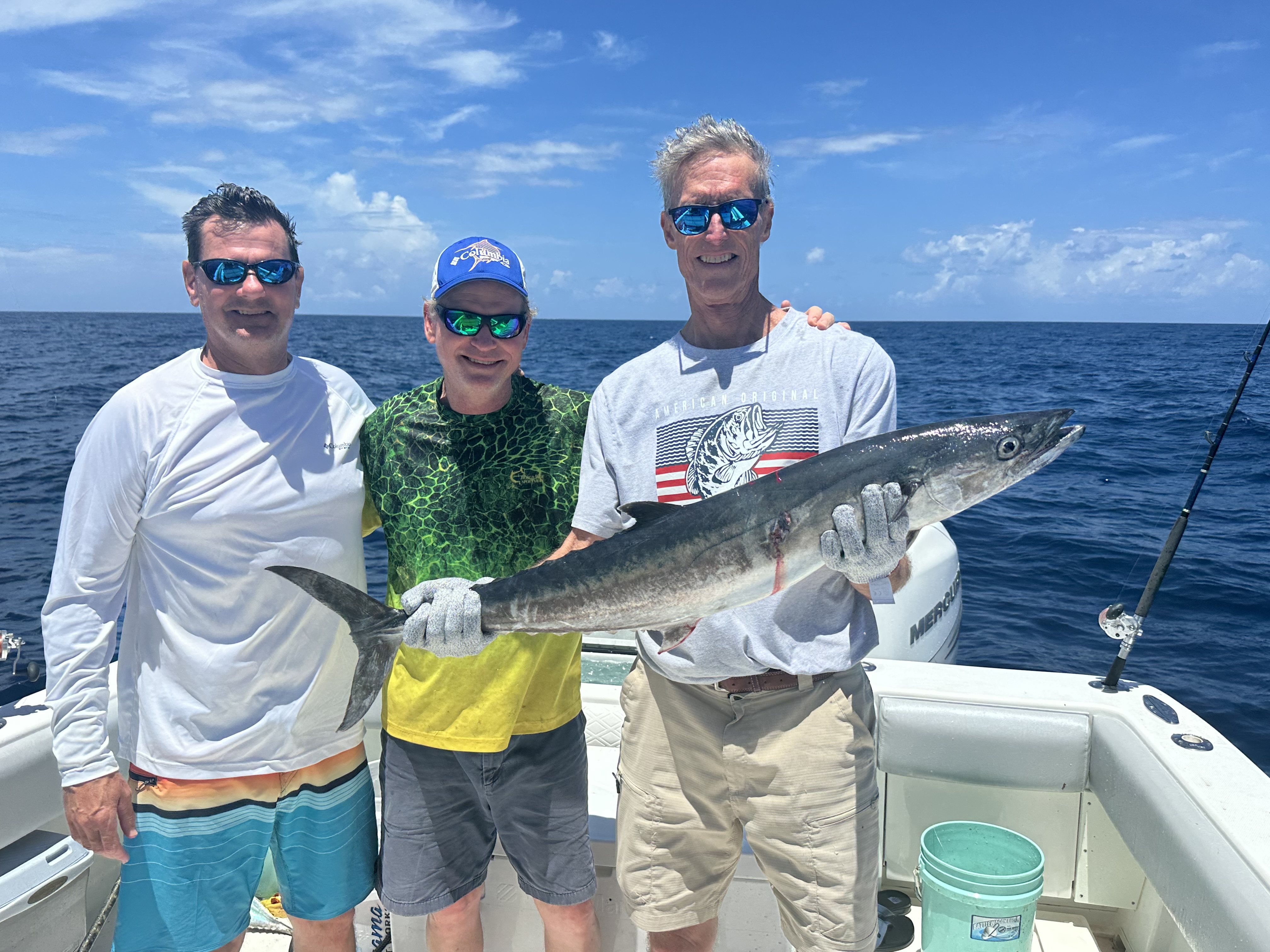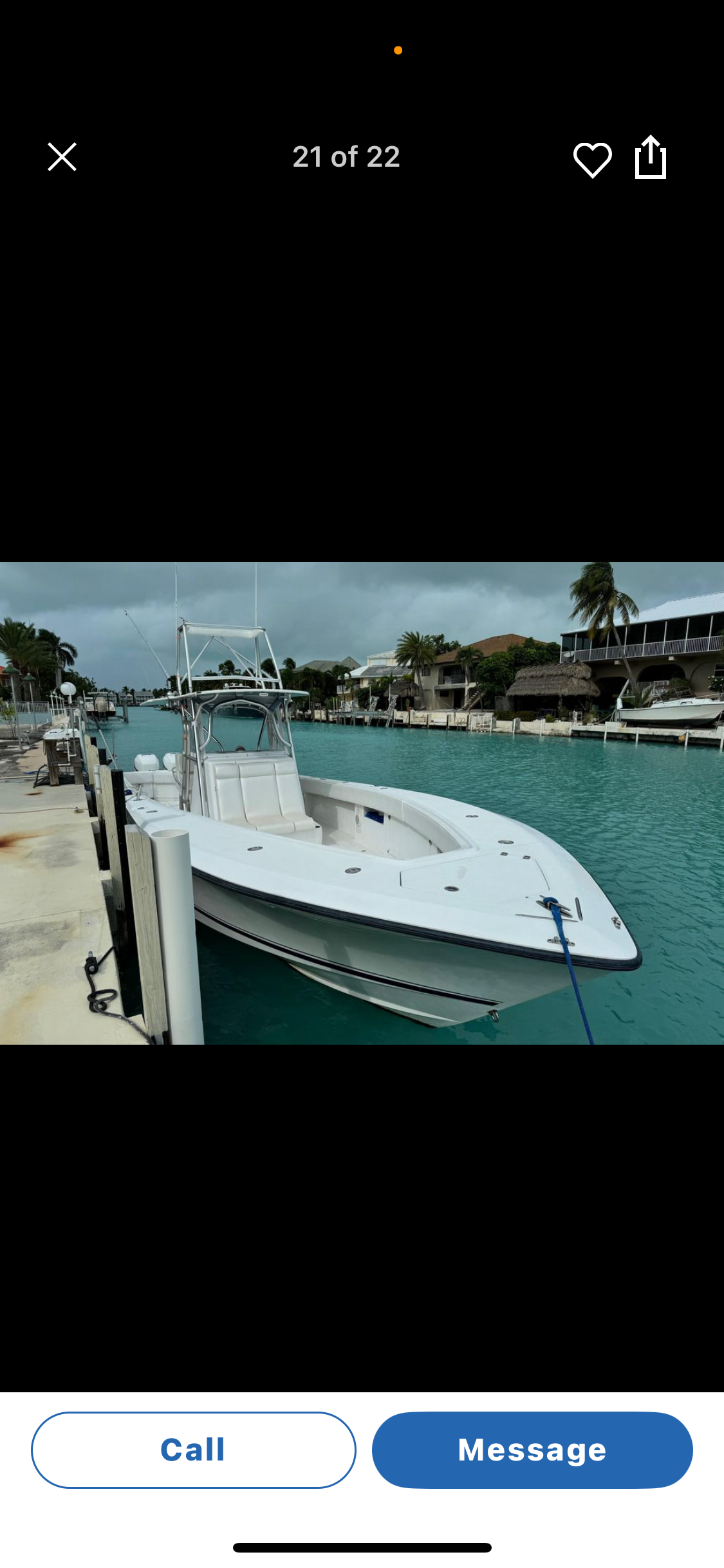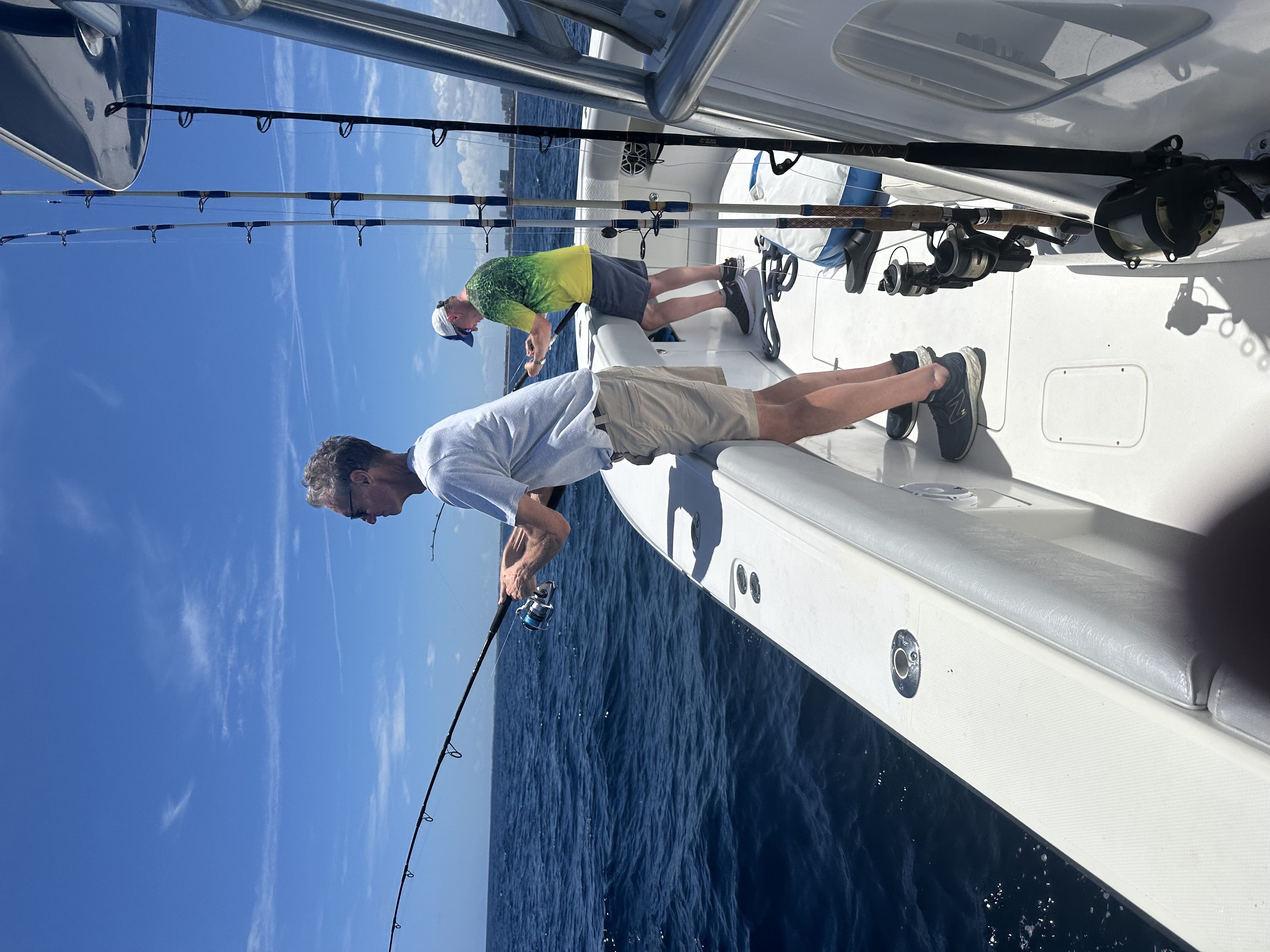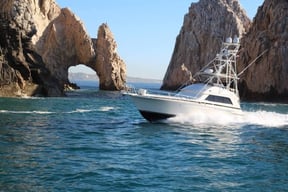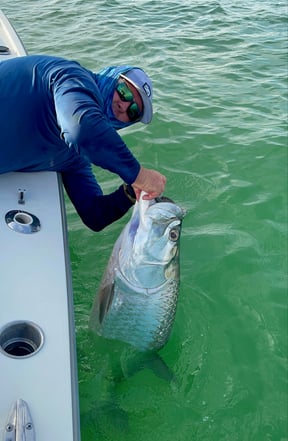Offshore Fishing Trip
Inshore Fishing in Mount Pleasant
Gigging Trip
Steelhead Fishing Trip
Deep Sea, Nearshore Fishing in Puerto Aventuras
Fishing Charter, Puerto Aventuras
Deep Sea, Nearshore Fishing in Islamorada
4 Hour Half Day
Deep Sea, Nearshore Fishing in Islamorada
6 Hour 3/4 Day
Black Sea Trips
Inshore, Flats Fishing in Pineland
Fly Fishing Pineland
Inshore, Deep Sea, Nearshore in Palm Beach Shores
Catching Fish And Having Fun
We started Captain Experiences to make it easy to book fishing and hunting guides around the world. With over 2,000 Damn Good Guides, our platform makes finding and booking a trip seamless. Head here to check out our trips.
What is Night Fishing?
Night fishing is quite literally fishing during the dark hours after sunset and before sunrise, but there’s a lot more to it. Fishing at night has been around for a long time with some of the first people to do it being the native Hawaiians. These people used torches to spearfish the shallow waters inside the reefs after dark. While that’s amazing it still begs the question, why fish at night when you could fish during the day? There’re many explanations and reasons why anglers would hit the water at night. Some answers are fairly simple and others are much more complex.
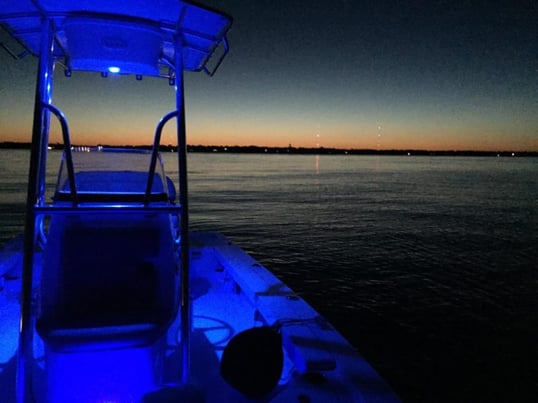
Why do Anglers Fish at Night
Several fish species find food with their sense of smell instead of by sight which allows them to hunt anytime. With that said, some of these fish are nocturnal and prefer to hunt at night. On the other hand, there’re events like insect hatches that make trout or other fish go on a feeding frenzy throughout the night and may only happen for a day or two.
The invention of the lightbulb quickly replaced fire as the main source of light around the world, and today is a big part of many night fishing operations. Night fishing my artificial light is broken down into attracting fish or finding fish.
At night when bright lights shine into the water, plankton or other small organisms are attracted to it. This is the start of the food chain with tiny fish showing up to feed on the plankton, then bigger fish, after bigger fish showing up to eat the smaller fish. In many cases, this brings in big sportfish and creates a new opportunity to catch these otherwise elusive predators.
Finding fish with artificial light is a completely different game. Lights are pointed down in fairly shallow water. The goal is to either bring in a curious fish swimming nearby or more commonly to identify a fish that you want to spear. Shining lights into the water at night make it easier to see what’s under the water because during the day the glare doesn’t allow for much visibility.
Popular Types of Night Fishing
Fishing at Night
Fishing at night with only the moonlight shining down is a type of night fishing all on its own. This is possibly the least difficult form of night fishing to get into because it doesn’t require any specific equipment. Insect hatches on trout rivers are an especially good time to fish at night because the insects are flying and you can bet the fish will be eating.
Fishing during a full moon night can be very productive because there is enough light for fish to feed on the surface. Predatory fish will eat at night if they have enough light to hunt and find food. On the other hand, many bottom-dwelling species like catfish, carp, and some sharks are nocturnal. These fish use their exceptional sense of smell to locate food which makes them perfect for night fishing.
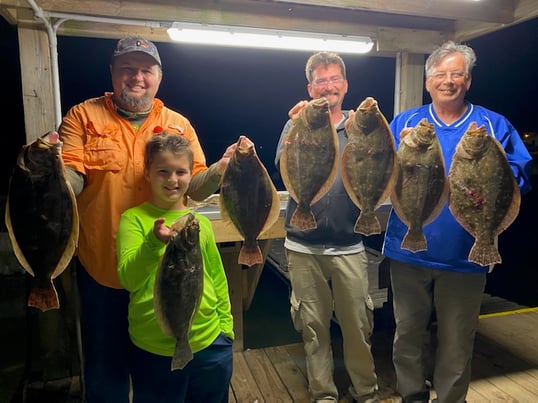
Gigging Flounder
While gigging flounder has become a controversial topic lately with flounder populatons on the decline, it might be the original form of night fishing. Originally gigging was done with long sharp sticks up to 7 feet long to spearfish in shallow water. They often carried torches to draw fish in close to them making it easy to hit them with a spear.
Today it’s done with flat-bottom boats covered in lights with specially made multi-prong spears called gigs. The strategy is to gently float over shallow areas until you see flounder then quickly jab the gig into the fish and pull it aboard. This method of catching flounder is different because it’s uncommon to be able to hunt fish, especially at night.
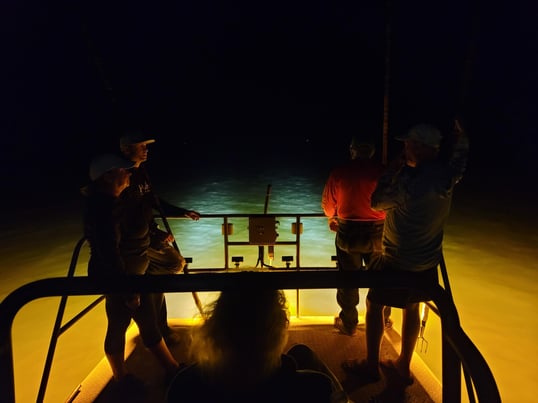
Bow Fishing
Similar to gigging flounder, bow fishing is night fishing with a ton of artificial light. The lights are used to attract fish like carp and gar close to the boat so anglers can get a shot on them. The bows used for bowfishing are not your typical compound bow used for deer hunting because they get outfitted with special equipment.
Bows are equipped with a spool and reel to retreive fish that are hit with arrows. The arrows are also specialised with the addition of specific broadheads that don’t let go once they hit a fish. The tail end of the arrow also has special knocks that allow line to be attached which makes pulling in fish much easier. Like gigging, this is another unique form of fishing that has a lot of similarities to hunting.
Fishing the Floaters
Offshore oil platforms or floaters have a huge supporting structure that stretches deep beneath the water. Offshore platforms are found along the Texas, Louisiana, and Mississippi gulf coasts where they provide great fishing only a short boat ride from shore. These structures act similar to artificial reefs attracting baitfish and other food sources that support many deep-sea target species.

The floaters are great spots during the day but at night something interesting happens. An array of bright lights illuminate the platforms and water below them attracting baitfish to the surface where they are hunted by huge sport fish. Yellowfin and blackfin tuna are the most popular targets for anglers heading to the rigs at night. Fishing the floaters at night can be done in three ways, trolling, casting lures, or soaking bait and any of these options have proven to be effective in catching incredible fish throughout the night.
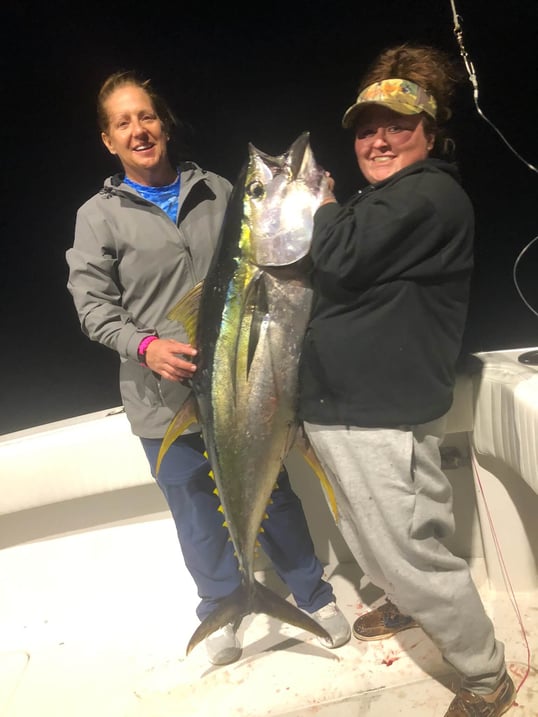
Night Fishing Overview
For those of you who want a new experience or think the idea of fishing all night sounds like a blast, night fishing might be your next obsession. There are so many new and interesting opportunities for anglers to try that exist after the sun goes down. If you are short on time and want to squeeze in a fishing trip heading out at night might be the answer. Additionally, cooler nighttime temperatures and less traffic on the water are also great reasons to fish in the dark.
Although night fishing is incredible, heading out into the darkness can be intimidating and some people don’t enjoy staying awake past normal hours. Fishing at night is not for everyone and if it makes you uncomfortable, don’t worry, there are plenty of phenomenal fishing opportunities during normal hours.
Joey Butrus
Updated on August 3, 2023
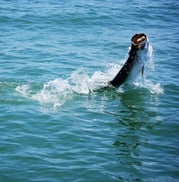
April 15, 2022

June 28, 2023

January 19, 2021
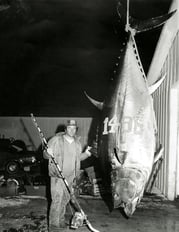
June 3, 2021

October 26, 2020
Related Articles
July 14, 2023
April 4, 2022
April 3, 2023
Featured Locations
- Fishing Charters Near Me
- Austin Fishing Guides
- Biloxi Fishing Charters
- Bradenton Fishing Charters
- Cabo San Lucas Fishing Charters
- Cancun Fishing Charters
- Cape Coral Fishing Charters
- Charleston Fishing Charters
- Clearwater Fishing Charters
- Corpus Christi Fishing Charters
- Crystal River Fishing Charters
- Dauphin Island Fishing Charters
- Daytona Beach Fishing Charters
- Destin Fishing Charters
- Fort Lauderdale Fishing Charters
- Fort Myers Fishing Charters
- Fort Walton Beach Fishing Charters
- Galveston Fishing Charters
- Gulf Shores Fishing Charters
- Hatteras Fishing Charters
- Hilton Head Fishing Charters
- Islamorada Fishing Charters
- Jacksonville Fishing Charters
- Jupiter Fishing Charters
- Key Largo Fishing Charters
- Key West Fishing Charters
- Kona Fishing Charters
- Lakeside Marblehead Fishing Charters
- Marathon Fishing Charters
- Marco Island Fishing Charters
- Miami Fishing Charters
- Montauk Fishing Charters
- Morehead City Fishing Charters
- Naples Fishing Charters
- New Orleans Fishing Charters
- New Smyrna Beach Fishing Charters
- Ocean City Fishing Charters
- Orange Beach Fishing Charters
- Panama City Beach Fishing Charters
- Pensacola Fishing Charters
- Pompano Beach Fishing Charters
- Port Aransas Fishing Charters
- Port Orange Fishing Charters
- Rockport Fishing Charters
- San Diego Fishing Charters
- San Juan Fishing Charters
- Sarasota Fishing Charters
- South Padre Island Fishing Charters
- St. Augustine Fishing Charters
- St. Petersburg Fishing Charters
- Tampa Fishing Charters
- Tarpon Springs Fishing Charters
- Venice Fishing Charters
- Virginia Beach Fishing Charters
- West Palm Beach Fishing Charters
- Wilmington Fishing Charters
- Wrightsville Beach Fishing Charters
